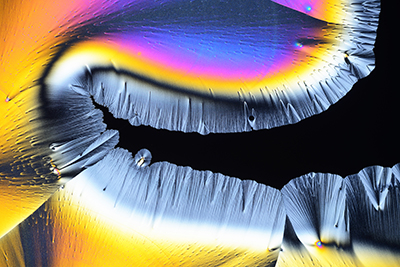 The Polarization of Light
The Polarization of Light
Polarization is a property of light. It describes the direction in which the electric field of light oscillates. Most light sources, including the sun, produce unpolarized light. Such light has vibrations at randomly oriented directions perpendicular to the direction of travel. To polarize this light, those random vibrations must be removed or transformed into a linear, circular, or elliptical electromagnetic wave.
Polarization from Polarizers
When unpolarized light hits a linear polarization, the angled vibrations are filtered out. Only vertical or horizontal vibrations pass through. When light vibration is restricted to only one plane, it’s known as linearly polarized light. The most common types of polarizers are crystalline, dichroic, film, and wire-grids.
Polarization from Reflection
Unpolarized light can also be polarized via surface reflection of non-metallic surfaces. Metallic surfaces mostly reflect light without having an effect on the polarization of light. Some materials, such as glass, plastic, and water reflect and polarize a certain amount of light. This light causes an undesirable glare depending on a machine vision camera’s position. But because the light is polarized perpendicularly to the plane of incidence, it can be removed with a polarizer parallel to that plane.
Polarization from Refraction
When light passes through one medium to another (refraction), some of that light can become polarized. The amount of light that is polarized by refraction depends on its proximity to Brewster’s angle. This angle is a 90-degree relationship between reflected and refracted light. Glass, plastic, and water partially polarize refracted light to the plane of incidence.
Why Polarization Matters to Machine Vision
Polarization cameras are typically used to filter unwanted reflections or glare and to enhance contrast. Normal color and monochrome sensors detect the intensity and wavelength of incoming light. But polarization cameras can detect and filter angles of polarization from light that has been reflected, refracted, or scattered. This filtered light can help improve a machine vision system’s image capture quality, particularly for challenging inspection applications with low contrast or highly reflective conditions.
For more insight about the polarization of light read our blog post Understanding New On-Chip Polarization Machine Vision Technology.
